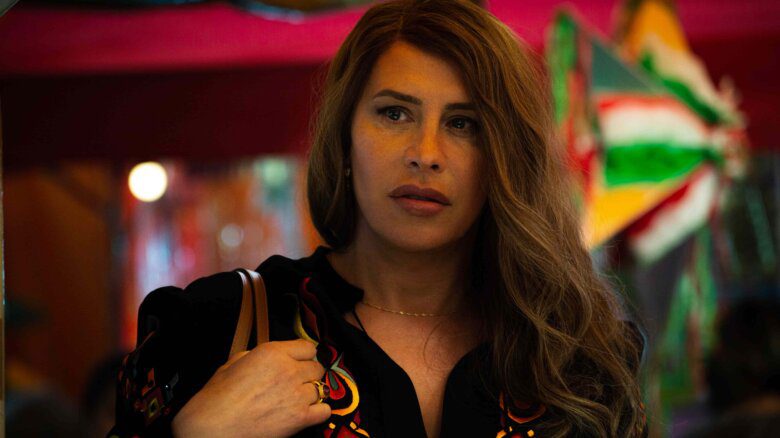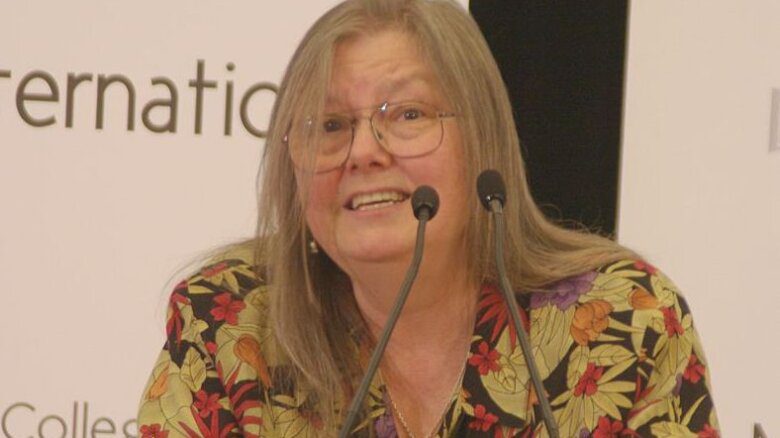Of all the dates in the women’s activist calendar, International Women’s Day (IWD) is by far the most celebratory and engaging. But like the others – Take Back The Night, Dec 6th, etc – it is still a testament to how much work there is to be done.
Every year around IWD, we celebrate the accomplishments of amazing women and every year people are still surprised by what women are doing the world over. Still surprised that women activists are fighting for equality and dignity. Still surprised that women can be working as doctors, lawyers, engineers, CEOs, directors and world leaders. Still surprised that there is still so much work to be done.
IWD is one of the most mainstream and well-known women’s event because it is a celebration and people understand celebrating accomplishments. But for many the question remains about why there is so much fuss being made. After all, don’t women have equality?
The International Women’s Year in 1975 and the United Nations’ Beijing +5 Women 2000 conference, though separated by 25 years, were each supposed to mark a turning point, bringing women to the forefront of the political agenda and bringing events like IWD to mainstream consciousness. And in some ways those intervening 25 years have allowed us to reach some of those goals.
Every year leading up to IWD, dutifully, the great stories of great women get trotted out in the mainstream media. But it is the stories of the mediocre women that get lost, of those women fighting day in and day out to live in a world that only gives lip service to equality. Real equality is a more difficult thing to accept than a mere celebration of change, and for a mainstream audience, it is easy to forget or dismiss that component amidst the revelry on IWD.
The celebration at IWD, as that at Pride, is a living thing that allows you the luxury of one day where you can put the worries aside and dream of every day being a day like that one, surrounded by like-minded people who rejoice about what we have accomplished. And yet, IWD, like Pride, has its share of gawkers and, as is often the case, it is these people and not those who are doing the revelling that need to be reminded of the very real struggles that still exist.
Too often the underlying message taken away by those on the outside looking in is that this is the one chance for us to celebrate, to be who we want to be and to live in a world that accepts our equality. After that, it is back to the daily grind and they can forget about all the work that still needs to be done and the part that we all play in it. It is as if given this one day, we will be satisfied and re-enter into that society that keeps us in our place.
But in so many ways IWD, like Pride, is really just a release valve, a way to gather strength, a way to be reminded that change is not only about celebrating those who have made a difference. The real strength of our events, both in the queer and feminist communities, lies in this power to educate, to remind ourselves and the outside world, that, though we have come so far and are surrounded by so many, there are many out there who cannot enjoy this day.
The real success of IWD is that on this one day, we can celebrate all that we are, rail against all that we want to change and ultimately educate about all the struggles and victories of life. And the next day – well, we go out and make it happen.
* Ayse Turak is the women’s co-chair for Pride Toronto.
 Why you can trust Xtra
Why you can trust Xtra


